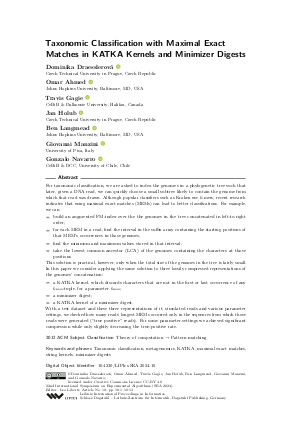LIPIcs.SEA.2024.10.pdf
- Filesize: 0.73 MB
- 13 pages

 Creative Commons Attribution 4.0 International license
Creative Commons Attribution 4.0 International license




























Feedback for Dagstuhl Publishing